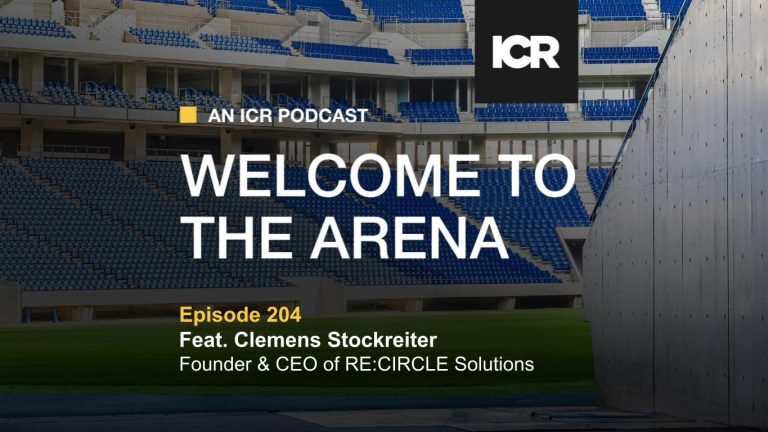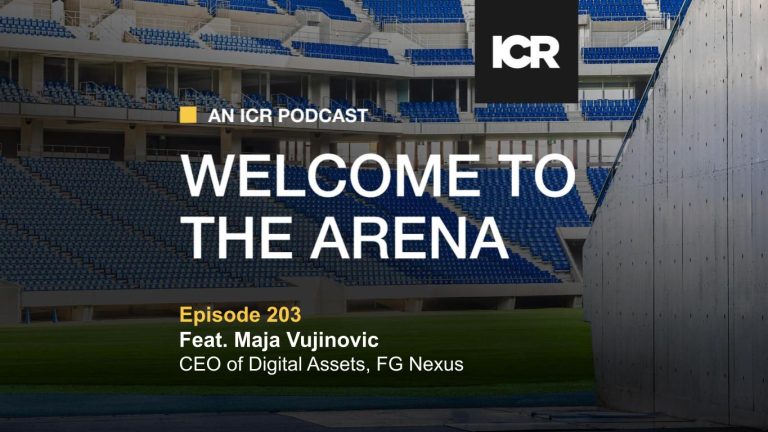Remote broadcast interviews provide broad reach to wide audiences, making them an effective way for companies to build awareness. They can also help position companies as thought and market leaders, helping to build authority and strengthen their brand image. However, preparing for an interview in a virtual setting (e.g. Zoom or Skype) requires careful planning — beyond standard interview preparation — to ensure an optimal environment.
Location
It’s important to choose an environment that you feel confident in and that is free from distractions. We advise avoiding settings in high traffic areas to mitigate the risk of noise and interference. You’ll also want to avoid rooms that have loud art, elaborate decorative wall coverings and excessive photos, as these items can distract the viewer from your message.
Most executives prefer to do virtual interviews from their corporate or home office because they feel most comfortable in familiar environments. In either setting, it’s imperative to have a strong internet connection along with any resources you may require within arm’s reach. It is okay to have a bottle of water on your desk, but otherwise, it should be free of clutter.
Background
While virtual backgrounds can offer good branding, they can be distracting and often glitch with movement. Accordingly, we recommend a natural setting that includes subtle company branding in the background. Another option to consider is placing a step-and-repeat with the company’s logo in the background. This option provides strong branding and eliminates the risk of glitches. You can also consider wearing branded company attire, as long as it looks professional and reflects the brand image you want to convey. Again, you don’t want your attire to distract from your message.
Lighting
Try to avoid settings with bad natural lighting. If the room you feel comfortable in has a window, open the blinds to let natural light in. If possible, try to face the natural light source to evenly light your face, as it contributes to a warm and bright environment. However, make sure to block direct sunlight in order to prevent squinting. Try to avoid sitting with light to your back, as it can cast you in a shadow and create a glare for viewers, which can be distracting. We also advise investing in a ring light and adjusting the settings to create optimal lighting. You’ll want to position the ring light behind your computer camera, allowing it to shine in your direction. Many internet personalities use ring lights to mimic a studio setting.
Sound
In the absence of a professional studio setup, most broadcast outlets recommend the use of headphones to ensure that you can hear the anchors clearly and that your commentary comes across clear and crisp. To avoid distracting wires, we recommend using small Bluetooth earbuds such as Apple AirPods, as they are unassuming and provide good sound quality.
Most new computers and tablets have built-in microphones, which are fine for virtual interviews but can come with an echo, as if you’re on speakerphone. If you’d prefer not to use small Bluetooth headphones, a high-quality external microphone can provide clearer sound as well. If you install an external microphone, make sure it’s out of view from the camera and you test it before the live interview.
Camera
While it might sound obvious, avoid using a cellphone for virtual interviews. Instead use a laptop or a tablet that has a proper stand, ensuring that the camera is able to capture the upper half of your body. Make sure the camera is eye level and not tilted back so that the viewer is looking up at you. All the major broadcast networks (e.g. CNBC, Bloomberg TV and FOX Business) will perform an audio and visual test in advance of a live virtual interview. The test will help determine if any changes are required. However, we recommend also running a test with your IT department prior to the network test to ensure everything is functioning properly.
Chair
Having the right chair is equally as important as having the right lighting and audio equipment. You’ll want a steady chair that doesn’t swivel or pivot and is the right height for your computer or tablet’s camera. When sitting, make sure to plant your feet firmly on the ground. This will help you maintain an upright posture, allowing you to project better, and prevent swaying, rocking or swiveling. If you prefer to do the remote broadcast interview from a standing desk, ensure you are comfortable and able to maintain good posture throughout the course of the interview.
Attire
You’ll want to dress professionally and in a way that reflects the brand you want to portray. Safe attire, especially in a virtual environment, is a solid dress shirt (either white or blue) with a solid blazer. Patterned shirts or jackets can create a buzzing effect on camera, which may be distracting to viewers. In some instances, we have seen tech executives wear a t-shirt with the company’s logo under their sports jacket. However, more casual outfits are much more common in the tech industry, so it’s important to keep your environment, brand, and audience in mind, and dress accordingly.
Interviews can help you build awareness, inform the public, and develop stronger connections with your audience, but connecting in person is not always feasible. Whether due to budget constraints, scheduling issues, travel restrictions, or social distancing, remote broadcast interviews provide an effective alternative. However, in order to ensure success, a virtual interview requires additional preparation with considerations for your environment and equipment.
Need more guidance on media interviews? Download our eBook, “Essential Tips for Great Media Interviews.”



